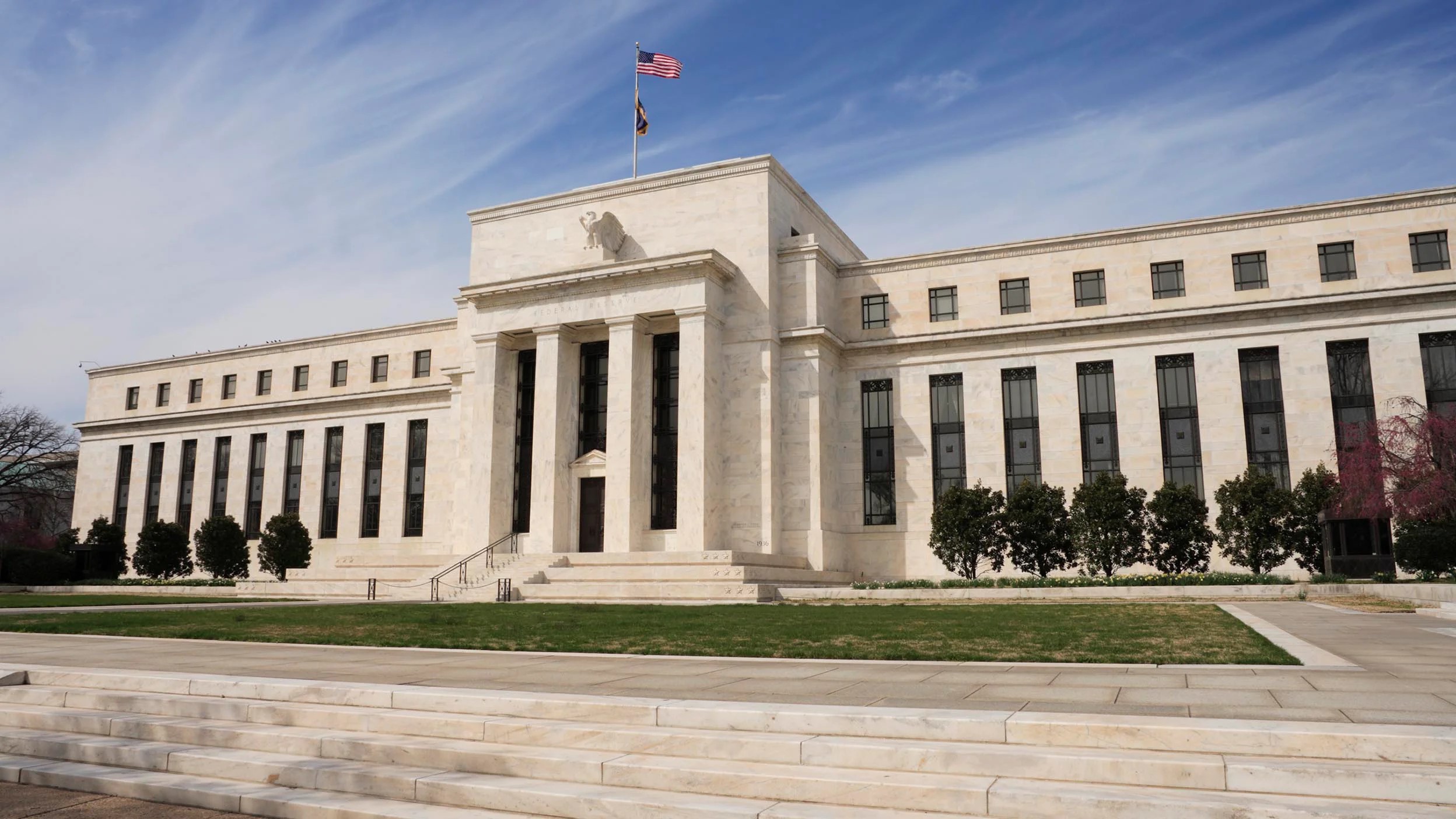New York — In a highly anticipated decision, the Federal Reserve cut interest rates by half a percentage point on Wednesday, marking the first reduction in over three years. This policy shift comes after a prolonged period of interest rate hikes aimed at controlling inflation, which surged during the Covid-19 pandemic. The move is designed to stimulate economic activity, but it raises questions about the broader economic picture and how markets will respond in the months ahead.
For businesses, investors, and consumers, lower interest rates typically provide a welcome relief. Reduced borrowing costs make it easier for companies to take on new projects, fund innovation, and increase returns to shareholders. Immediately following the Fed’s announcement, markets responded positively. The Dow rose 1.6% for the week, the S&P 500 gained 1.4%, and the Nasdaq Composite jumped 1.5%. According to LPL Financial data, the S&P 500 has seen an average gain of 5.5% in the 12 months following a rate cut, based on data from the past nine rate-hiking cycles since the 1970s.
However, despite these gains, many analysts are urging caution. While lower interest rates can spur investment and growth, they often signal underlying concerns about the health of the economy. Inflation, although cooling, remains above the Federal Reserve’s target of 2%, and the labor market—while strong—has started to show signs of weakening. Federal Reserve Chair Jerome Powell acknowledged the complexity of the situation, noting that while the economy remains “healthy,” risks of a recession remain. “We are focused on bringing inflation back down to our 2% target without causing too much harm to the broader economy,” Powell said.
One of the key challenges moving forward will be balancing the positive impact of lower borrowing costs with the potential for increased market volatility. As Jeff Buchbinder, chief equity strategist at LPL Financial, noted in a recent report, “While there are reasons for optimism, the upcoming presidential election and lingering economic uncertainties mean that markets could experience more turbulence than usual in the coming months.”
The Federal Reserve is not expected to cut rates as aggressively as it did during the early days of the pandemic. Powell stressed that Wednesday’s half-point cut was unlikely to be followed by similar reductions unless the economy deteriorates significantly. For now, Fed officials have projected additional cuts of half a percentage point in 2024, with further reductions amounting to a full percentage point the following year. These cuts will take time to work their way through the economy, affecting everything from mortgages to corporate financing.
In this environment, investors are reevaluating their portfolios, particularly in sectors that typically perform well during periods of rate cuts. Healthcare, utilities, and consumer staples—considered “defensive” sectors—have historically outperformed during the first six months of a rate-cutting cycle. These sectors offer stability when economic growth slows, making them attractive options for risk-averse investors.
Technology stocks, particularly those with strong earnings growth, are also expected to benefit from lower rates. Tesla, Meta Platforms, and Apple have already seen significant gains, with their shares rising 3.5%, 7%, and 2.6%, respectively. However, Eric Diton, managing director of the Wealth Alliance, cautioned that investors should avoid overconcentration in Big Tech. “It’s important to diversify into other areas of the market that could benefit from lower rates,” Diton said. Small-cap stocks, which tend to carry floating-rate debt that becomes cheaper in a low-rate environment, are one such option. The S&P SmallCap 600 index gained 2.2% this week as lower interest rates began to ease debt burdens for smaller companies.
While the markets have reacted positively to the Fed’s move, experts warn that volatility could return as the long-term effects of the rate cuts become clearer. “Diversifying across sectors and maintaining flexibility will be key as we navigate this uncertain period,” Diton advised. For now, investors and businesses alike will be watching closely to see how the Fed’s policy decisions shape the economic landscape in the months ahead.






